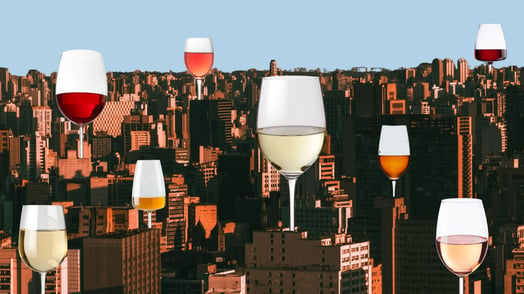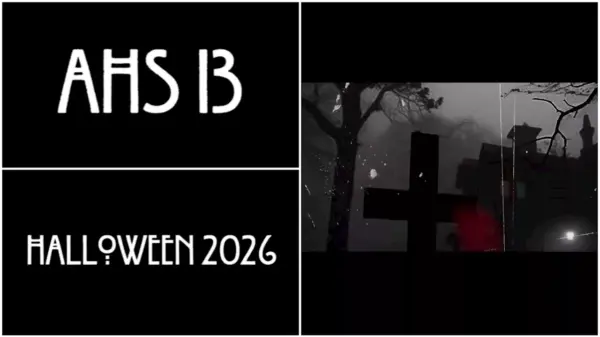The rise of wine bars is reshaping the social landscape, particularly during challenging economic times. In cities like New York and London, these establishments are experiencing a surge in popularity as they combine affordability, casual atmospheres, and a focus on quality wines. This shift is notable, especially as many traditional restaurants and bars face declining sales or permanent closures.
Wine bars, such as Sauced in New York City and Flawd in the United Kingdom, exemplify this trend. Sauced stands out with its lively, menu-free environment and walls adorned with graffiti, offering a select range of natural wines. Meanwhile, Flawd pairs around 100 sustainable wines with elevated small plates in a relaxed neighborhood setting. These venues cater to a growing demand for informal gathering spaces that provide a unique drinking experience without the pressure to consume excessively.
Economic Factors Driving Popularity
According to Bloomberg, the increasing appeal of wine bars can be attributed to their ability to adapt to the current economic climate. The operational model of wine bars typically requires less capital investment and overhead compared to traditional restaurants. For instance, opening Flawd cost approximately $100,000, whereas a full-service restaurant might require five times that amount.
The smaller size of wine bars often results in lower staffing needs, making them easier to manage in densely populated urban areas with high real estate costs. With streamlined food menus and smaller portion sizes, these establishments can reduce food waste and minimize overhead costs. The labor involved also tends to be less intensive; serving wine does not demand the same level of expertise as crafting cocktails, which often require extensive preparation and clean-up.
Social Appeal in a Changing Landscape
Beyond their economic advantages, wine bars resonate with current social trends. They offer an inviting atmosphere for those seeking connection in an era where many crave in-person interactions. Unlike traditional bars, which may encourage excessive drinking, wine bars provide a more relaxed environment that appeals to younger generations who are becoming more cautious about their alcohol consumption.
The experience at a wine bar is inherently flexible. Patrons can easily enjoy a quick catch-up with friends or stay for an extended gathering without the rigid structure often associated with formal dining experiences. This adaptability allows customers to create their own adventures, whether that means sharing a few glasses of wine or indulging in a leisurely evening of conversation.
As the landscape of dining and socializing continues to evolve, wine bars are positioning themselves as attractive alternatives. Their unique blend of economic viability, casual charm, and social connectivity is carving out a significant niche in the hospitality industry, ensuring they remain a vital part of urban culture.




































































